HAS THE GRANDEUR OF THE ROMUALDEZ MUSEUM VANISHED?
The
world knows of the historic lavish lifestyle of the Marcoses five or more
decades ago during President Ferdinand Marcos’ regime. In Tacloban City, the same has been
well-preserved and housed in a white painted building of a simple exterior.
More
popularly known as the Sto. Nino Shrine, the Romualdez Museum fortunately
survived the onslaught of Typhoon Haiyan and of course, the greedy souls of the
looters and robbers.
Even
with the dilapidation and tragic traces of the super typhoon on its ceilings,
floors and even windows, the grandeur of what the edifice harbors remain.
We
entered the museum an hour before it closes (closing time at 5PM daily). A mini-chapel greets every guest where the
images of San Vicente and Saint Remedios are on both sides of the
altar of Sto. Nino. Vicente and Remedios are the names of
Imelda Romualdez Marcos’ parents.
This
is the second time I have been to the Sto. Nino Shrine and with almost the same
expensive and elegant furnishings and sets of furniture displayed, I am still
at awe of its grandeur.
The
visit comes with a guide tasked to educate the visitors of the origin of every
artifact and how the same relates to the Marcos family – mostly to Imelda
Marcos.
The
ground floor are themed rooms for guests in the likes of Ifugao, Palawan,
Muslim, Bicolnon and a deviation in the name of Fern. There are also rooms inspired
of banig, shells and bamboo for an
interior.
With
the exception of Fern which displays bedsheets printed in fern and paintings of
the same, each room showcases the products of each region and tribe and
noticeable are the old books that dilapidate and stand witness to the mansions’
grandeur over time. The name of the room
is what you expect to be prominently showcased as an interior design. The rooms are also adorned by dioramas
depicting the life of Imelda Marcos including her political career and as first
lady of the President.
Dining
and conference halls of a capacity which an ordinary family will not have,
paintings, ivory sculptures, large mirrors and installations are but some of
the outstanding features of the museum which you would (must) not dare
sideswipe or damage as it will cost millions and a definite diminution on one’s
savings. The museum appears a gallery of
known international and Filipino artists as well as a collection of the wealthy
and prominent personalities.
The main
highlights of the museum are the grand wooden chandelier made from world-class
Betis of Pampanga at the Grand Ballroom area and the rooms of the family
especially that of Imelda which displays an authentic cannot-be-lifted huge jade stone with carvings on it and the
chandeliers that spans infinity on account of mirror images. I tried to lift the jade stone by the way but
it seems impossible even just to be moved.
The
museum is currently under the control of the Presidential Commission on Good
Government (PCGG). Despite the natural
calamity that nearly destroyed Tacloban City, it was safely guarded and now
well-maintained by the PCGG. There may
be a lot of renovations to be made like the carpeting and the ceilings, but in
general, the Sto. Nino Shrine is still worth the visit while in Tacloban City.
HOW TO GET THERE
The
Sto. Nino Shrine is situated along the main thoroughfare of Tacloban City, Real
Street. A tricycle ride (PhP7.00 per
person) from downtown area is a good option or multicabs/jeepneys that pass by
Real Street and asked to be dropped-off at People Center or the Sto. Nino
Shrine itself.


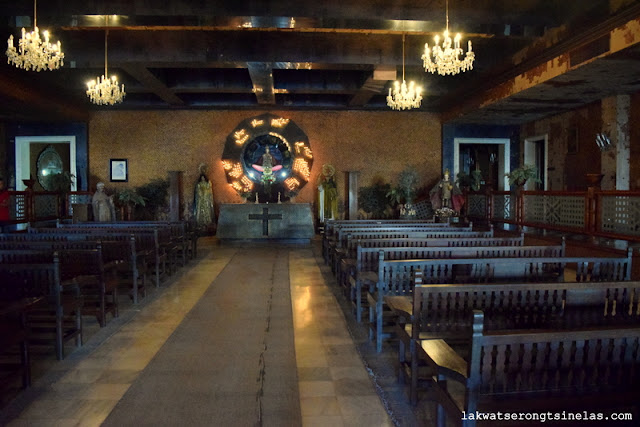
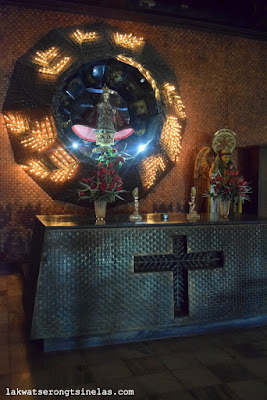
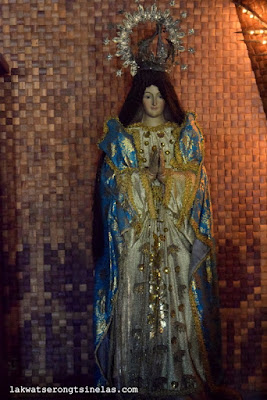


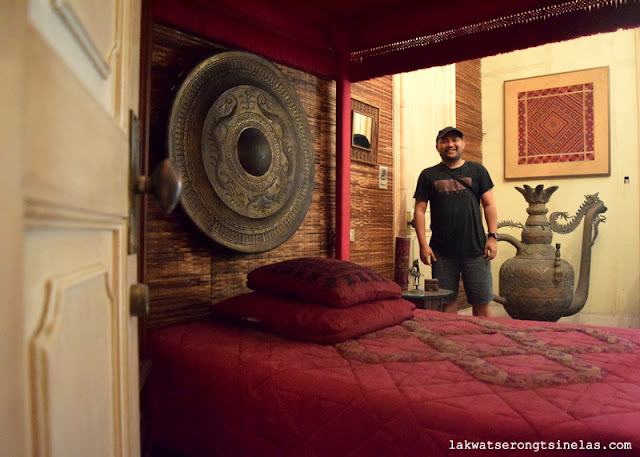


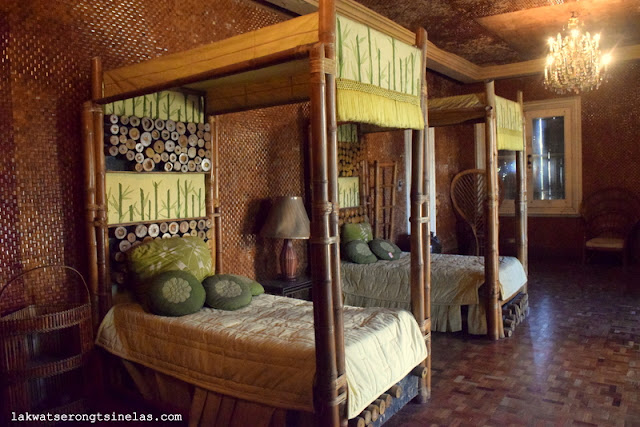
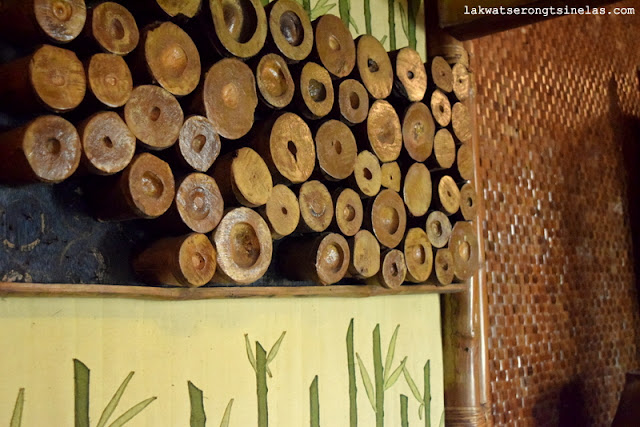



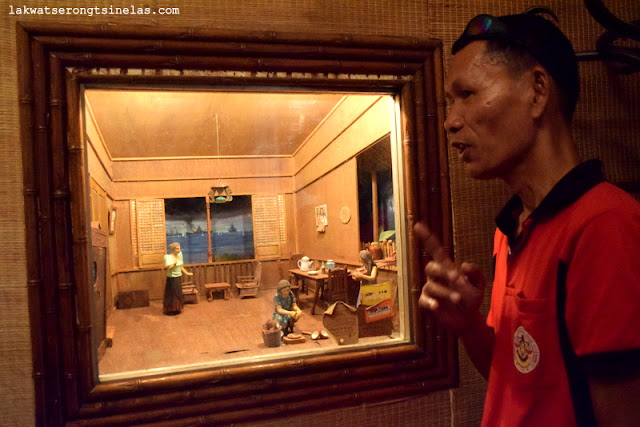

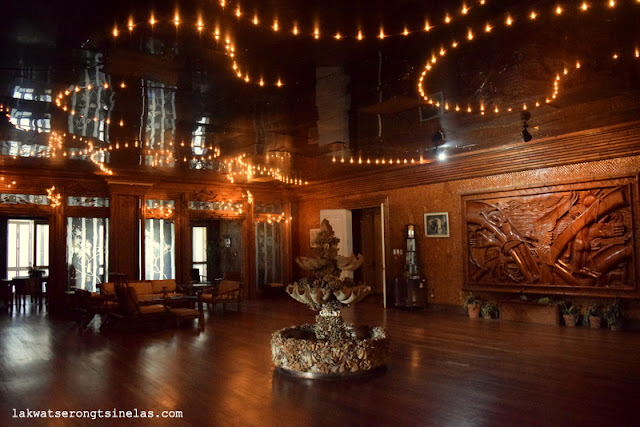




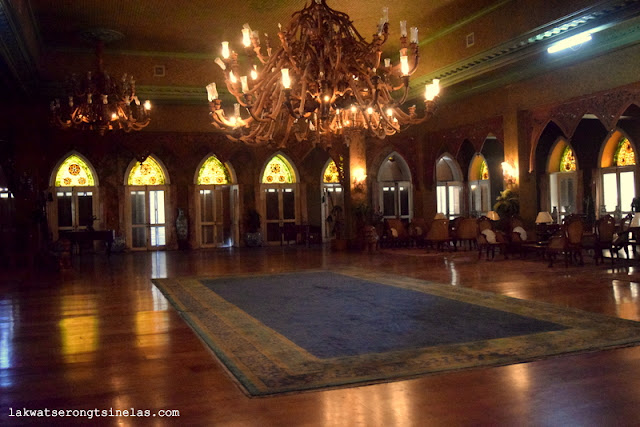
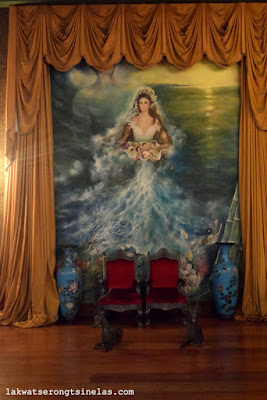

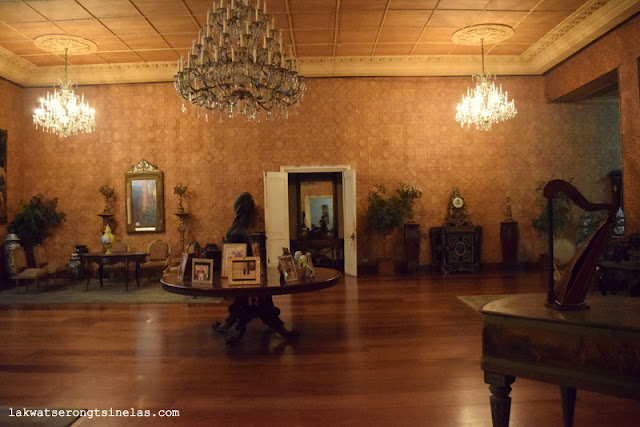
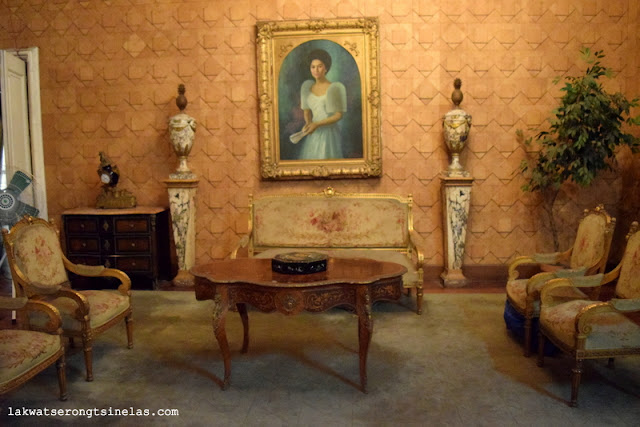


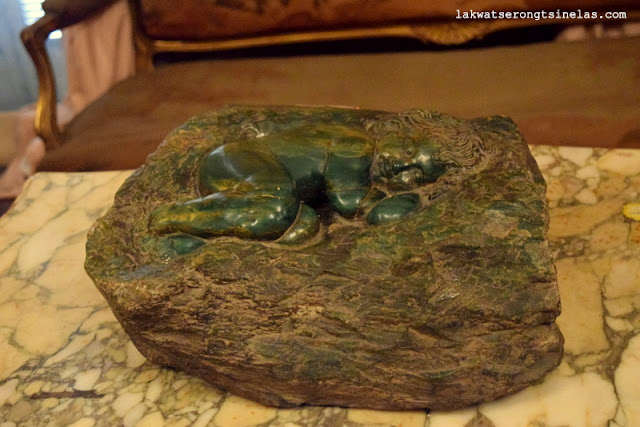
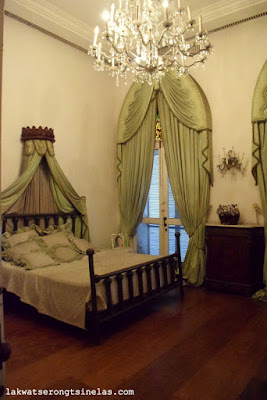
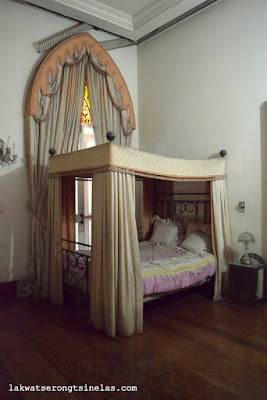


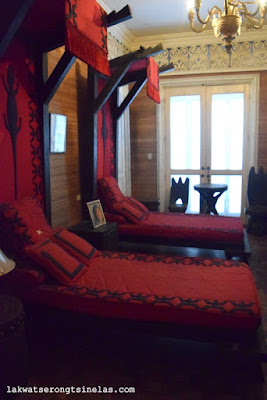
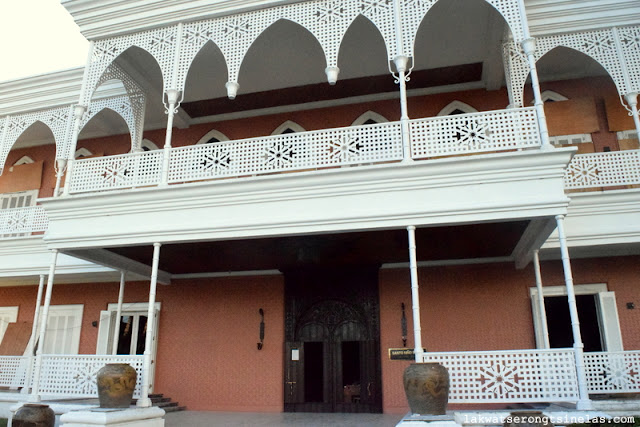
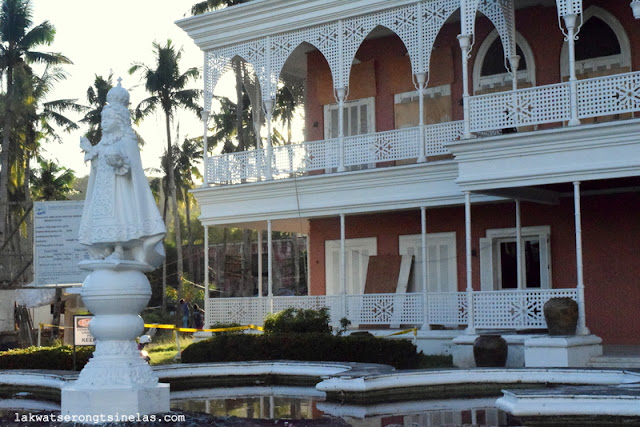
































1 comments
This is definitely a must-see in Tacloban... The antiques and the house itself shows the grandeur life of Imelda Marcos. A visit here is sure to experience a moment of the grandeur life!
ReplyDelete